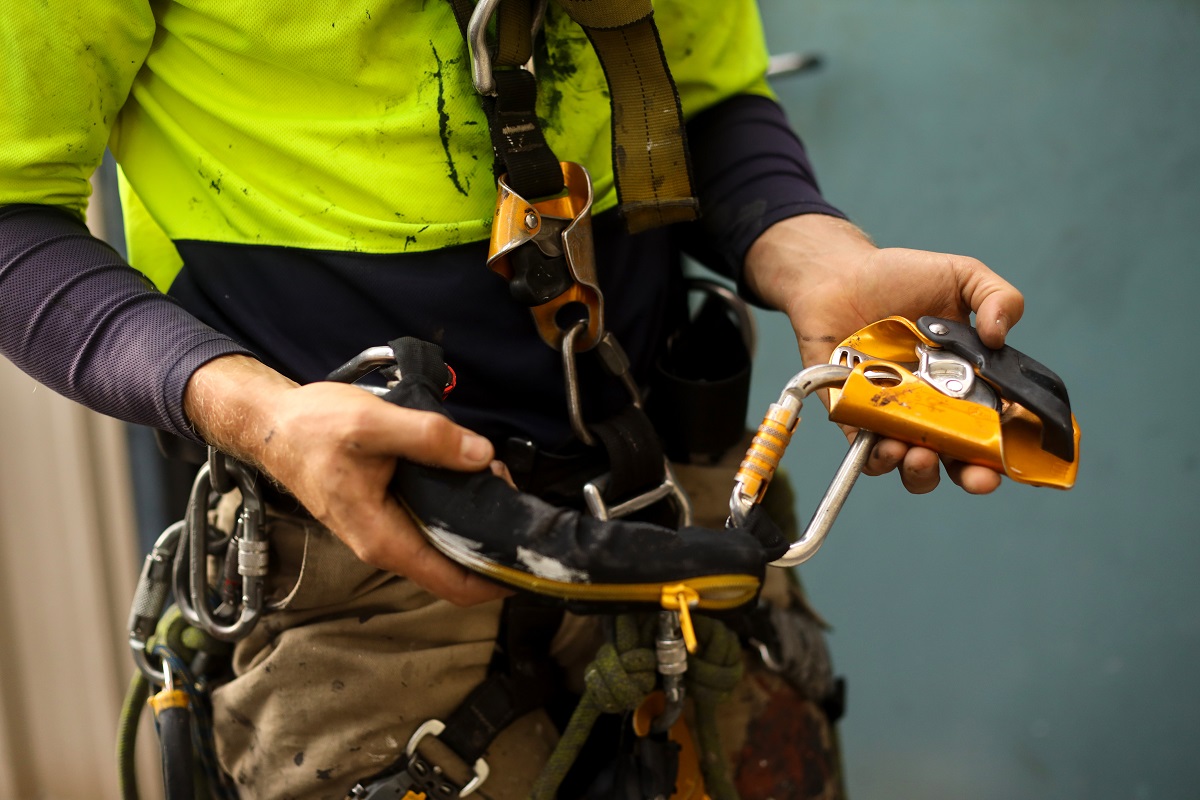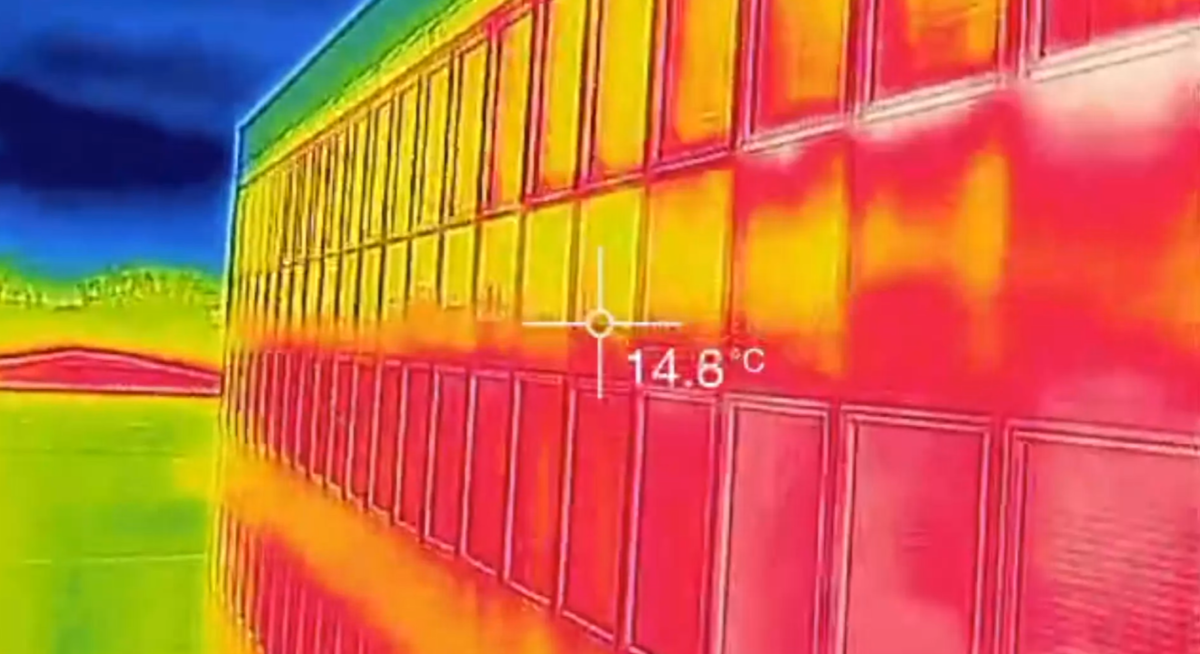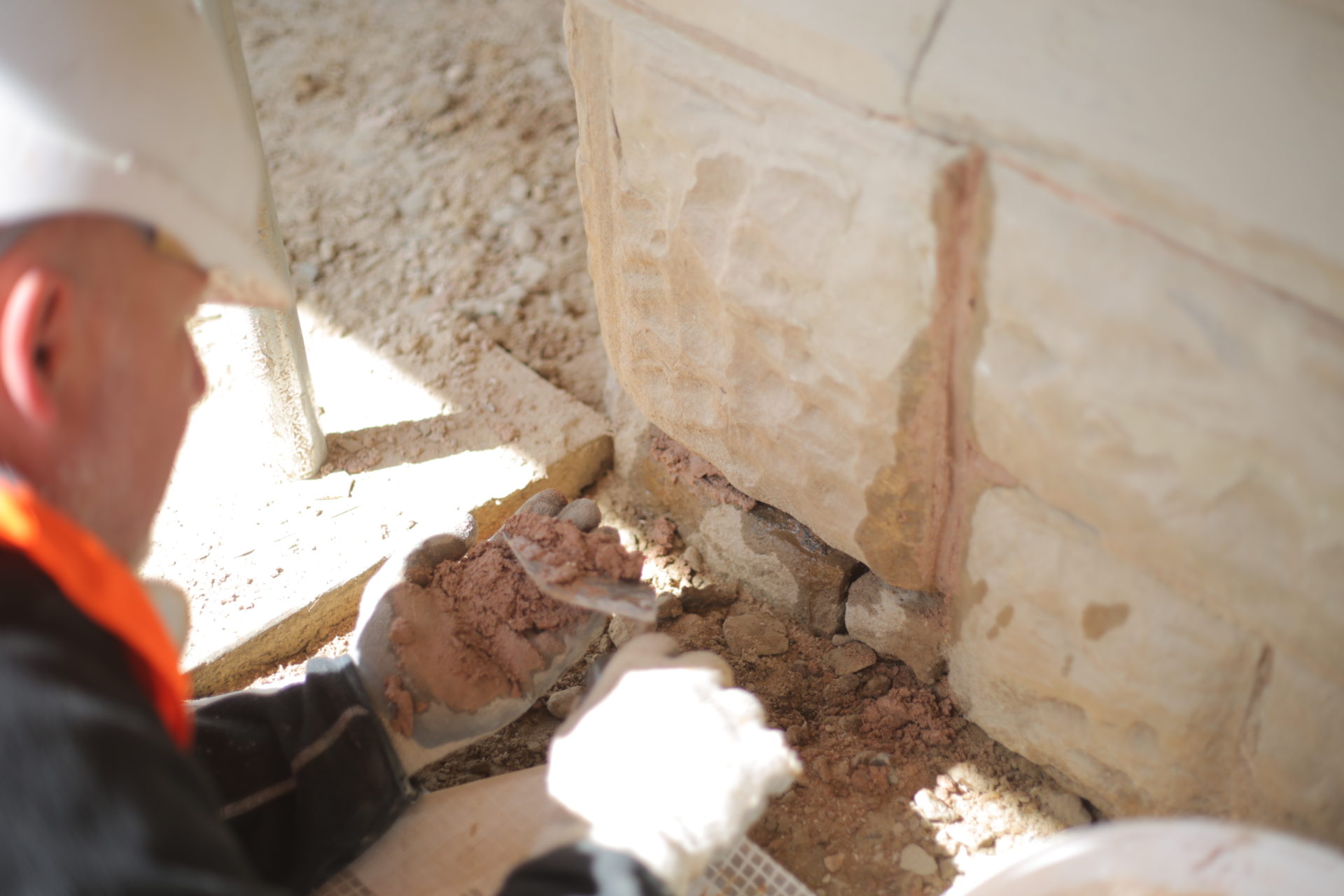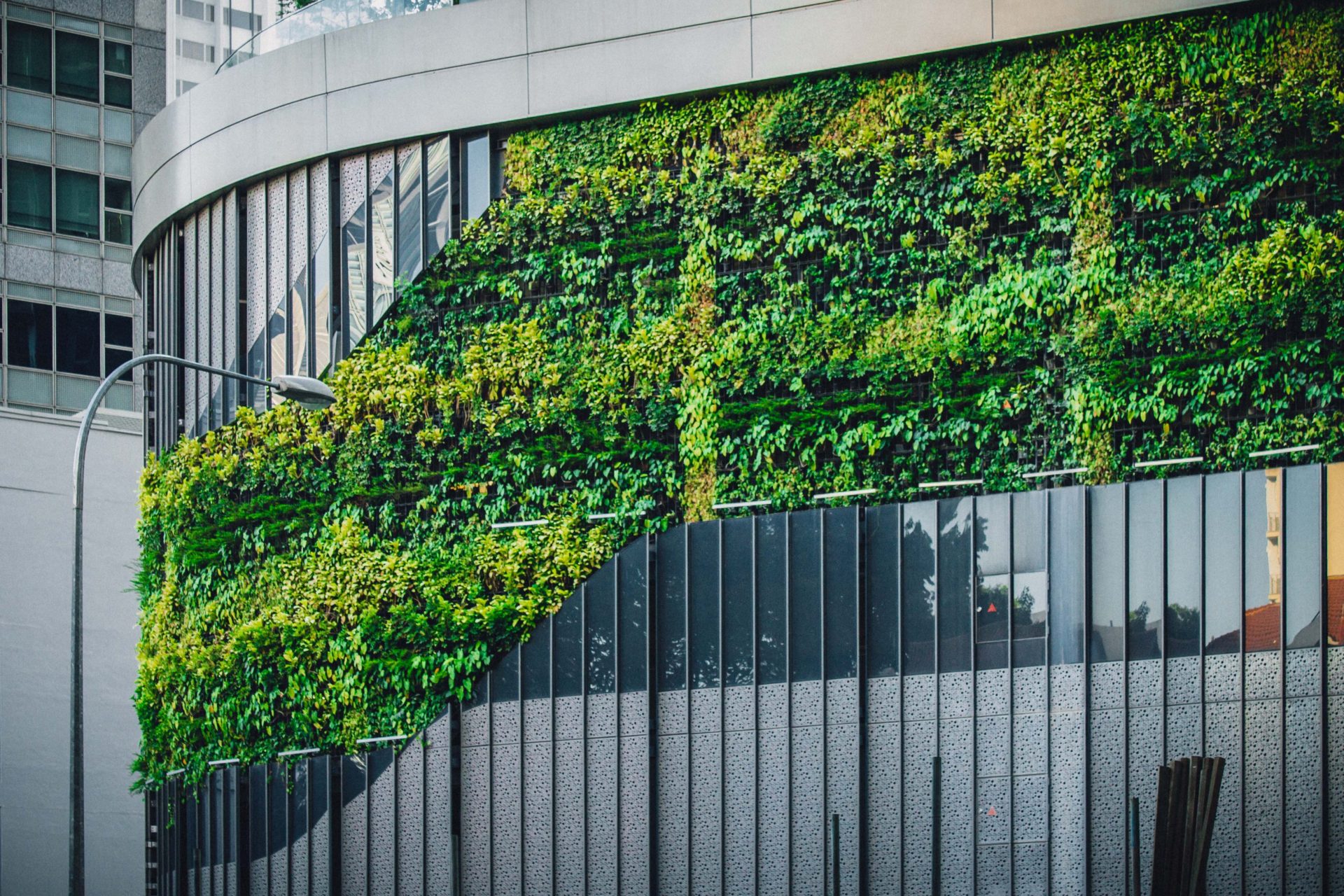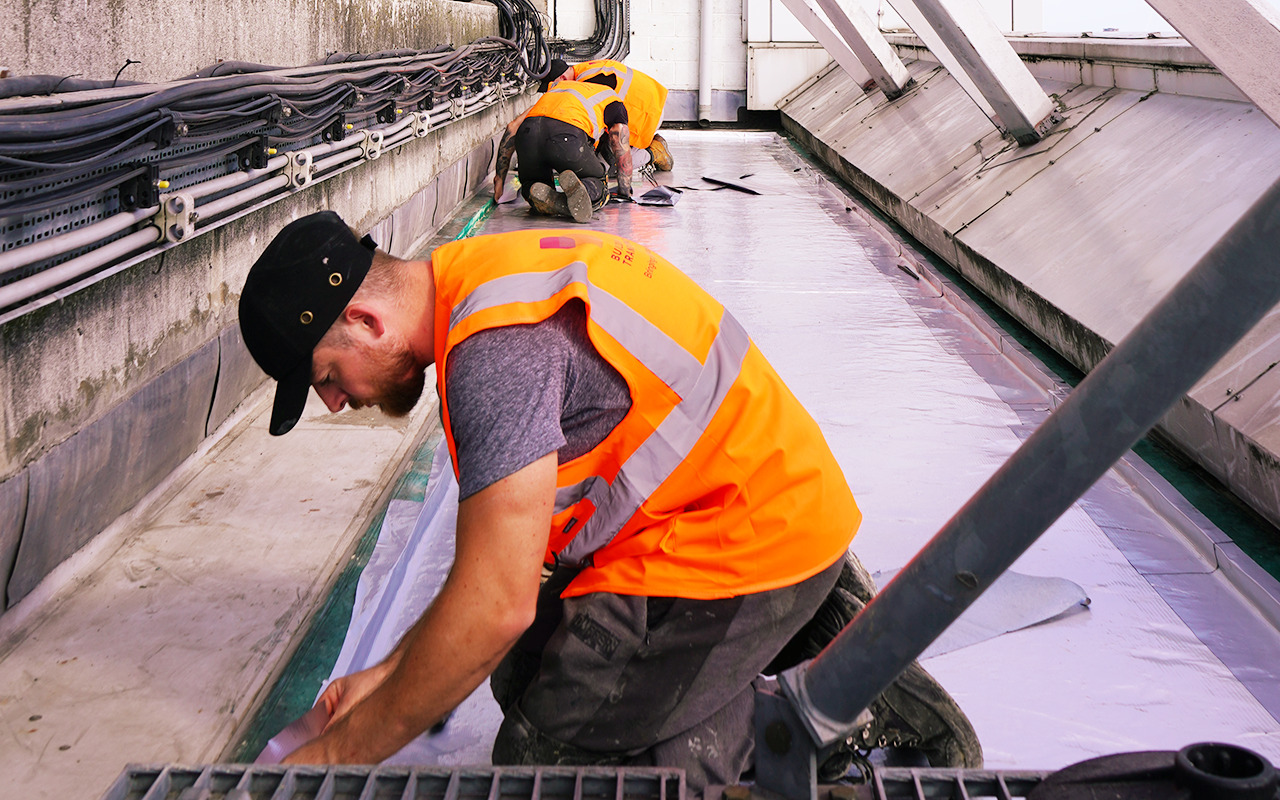Moor House is one of London’s most iconic buildings, completed in 2005 the façade had seen little in the way of detailed maintenance and repairs, other than regular glazing cleaning and reactive repair. It is constructed primarily of glass, stainless steel and aluminium with two flat façades and two statement curved façades, the building is almost an optical illusion. The 19 storey building stands at 84 metres tall, with 29,000 square metres of prime real estate in London’s financial epicentre.
As part of our ongoing partnership with Savills, we were asked to take a detailed look at the façade and determine a specialist cleaning and refurbishment plan should involve. As the building had no concrete proactive maintenance schedule, it was imperative that we worked closely with the client to devise a well thought-out, tailored maintenance and refurbishment plan.
What did we do?
- Deep cleaning of all glazing, aluminium, and stainless steel.
- Leak detection surveys and repair to all façade elements.
- Replacement and repair of aluminium cappings.
- Steam cleaning and redecoration of low-level soffits and concrete pillars.
- Sourcing and replacement of bespoke gaskets.
What were the challenges we faced?
- The project required multiple access strategies to ensure a timely delivery.
- As an occupied multiple tenant building we had to work around working hours and other restrictions.
- Located within one of London’s busiest districts and surrounded by ongoing developments, this project required us to collaborate with a number of agencies in order to deliver a safe, sensitive and timely service.
- Many of the features and fittings on this building were as unique as the building itself. No such thing as an off-the-shelf solution for this building. Working closely with the client and suppliers, we had to source and fit bespoke gaskets, cappings and other materials.
How did we access the façade?
Industrial Abseiling or Rope Access
This is a popular alternative to other access methods which may not be suitable for certain cleaning and restoration projects. As discussed in our previous blog post, Rope Access Restoration for Modern Buildings and Structures, each access method has its own merits and pitfalls but rope access is particularly useful when presented with the challenges of modern architecture and high-rise buildings. In a world where architecture is being stretched beyond the limits of the human imagination, it’s often rope access which provides the solution.
Cradles
Cradles are a basket-like contraption which suspends from a roof that can winch up and down. For the right building, they can be incredibly efficient and cost-effective. Many modern buildings come with a rigging system in place, either to attach a cradle to, or with a cradle already attached.
MEWPs
Mobile elevating work platforms, more commonly known as MEWPs, provide a safe and flat surface to work on and they benefit from being power-driven. They are usually fully mobile in most directions and they can be custom-designed to fit difficult-to-access and restricted spaces.
By utilising a variety of access methods and cleaning methods, we were able to help restore this beautiful building with a view to keeping it that way for many more years to come.


